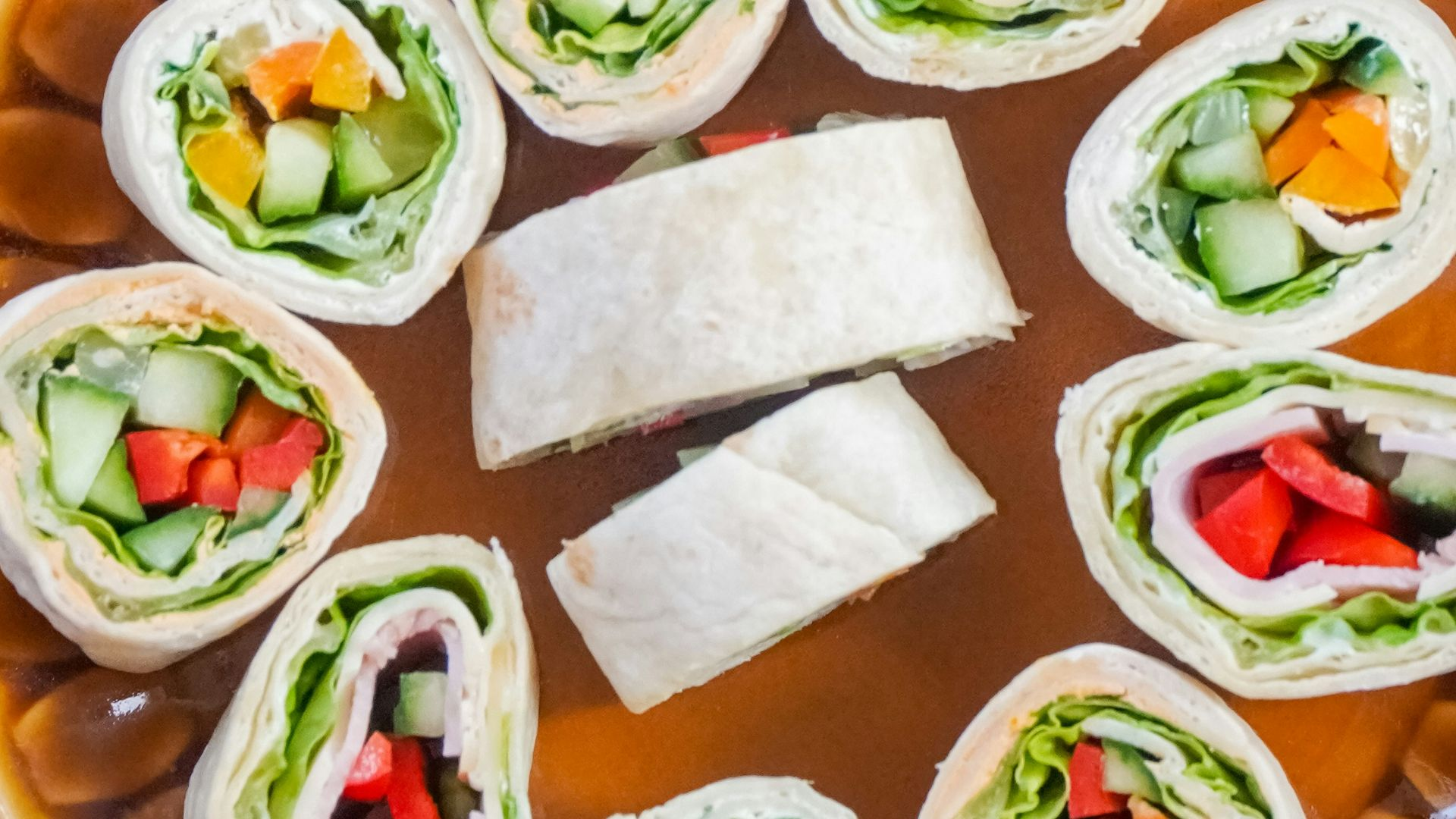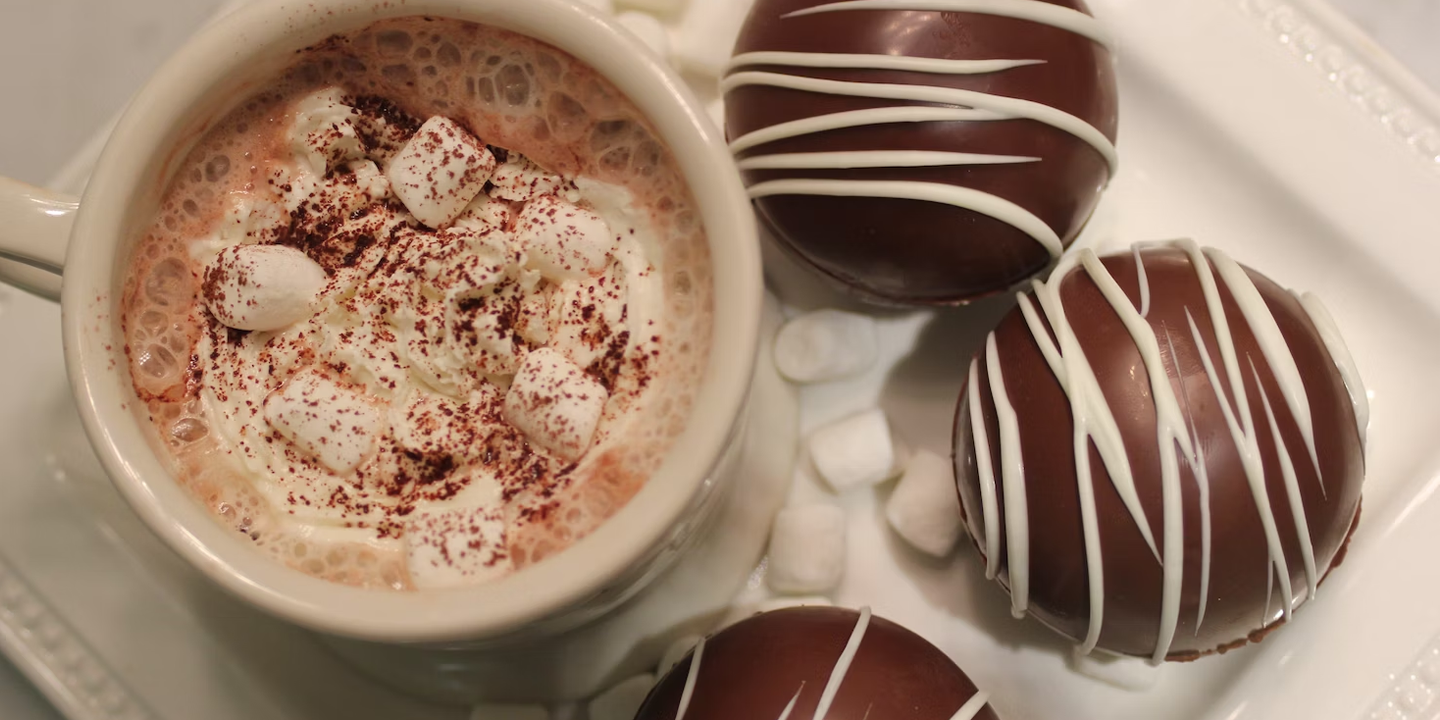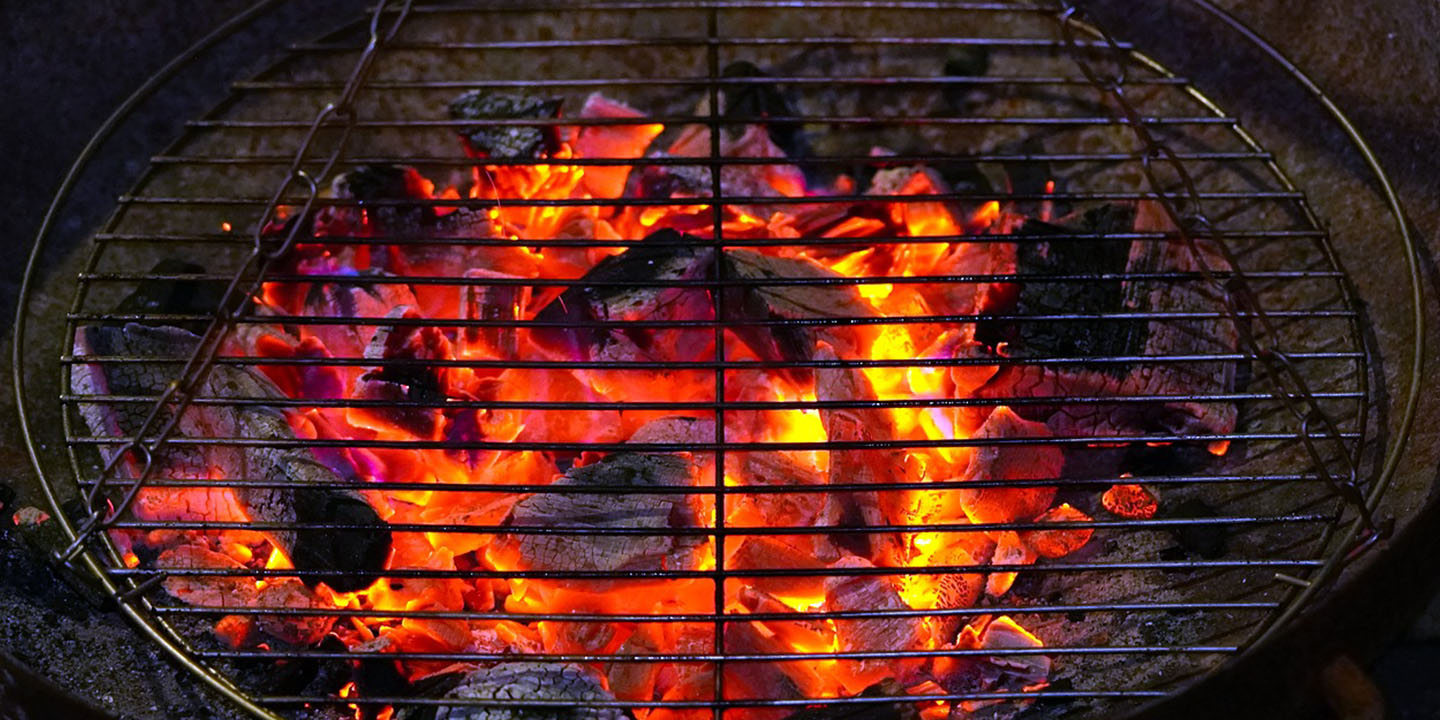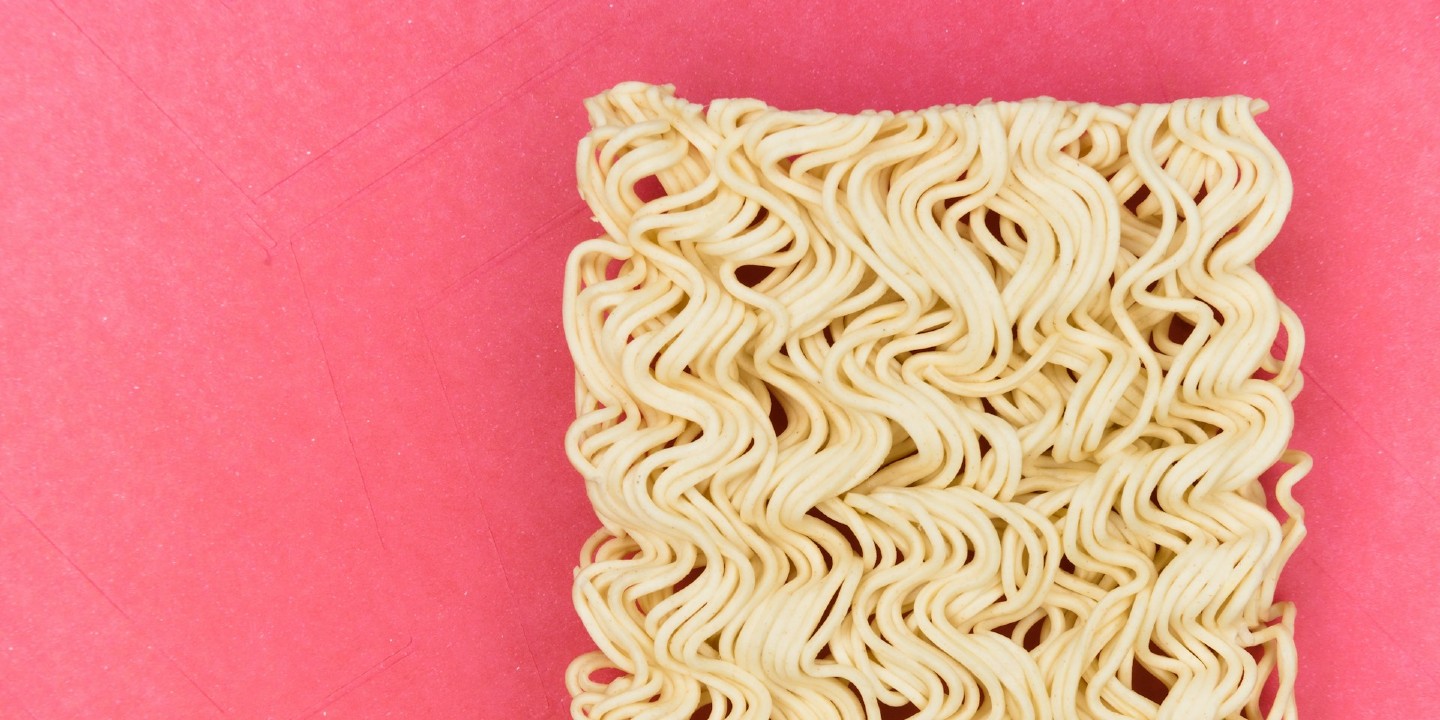The Best Indian Dessert
There’s something comforting about a dessert that’s been passed down through generations, yet still fits right onto a modern plate. Indian sweets manage that kind of timelessness with ease. They bring warmth and flavor into the kitchen without ever feeling outdated. Here, we’ll explore 20 Indian desserts that are absolutely worth making at home, especially if you’re in the mood for a project that ends in something rich and satisfying.
 Perspective Studio on Unsplash
Perspective Studio on Unsplash
1. Kheer
No Indian kitchen feels complete without the aroma of slow-simmered kheer wafting through during special meals. This rice pudding is flavored with cardamom and topped with nuts or saffron. Variations like sabudana and vermicelli keep it flexible. Families often pass down their own version.
2. Jalebi
Jalebi stands out for the entire experience. Spirals of fermented batter are fried until crisp, then soaked in syrup for that sticky sweetness. It originated in Arabic cuisine but found a home in India. Sweet shops usually serve it fresh from the pan, and straight into syrup.
3. Rasgulla
You bite in and it bursts. Rasgulla’s spongy texture is built to soak and release syrup in the most satisfying way. Typically served cold, they shine at festivals and family feasts. Once chilled, the syrup infuses every layer, making each bite melt away gently.
4. Gulab Jamun
There’s a reason gulab jamun is always on the menu at weddings and Diwali gatherings. These syrup-soaked balls have been around for centuries; originally Persian, later adapted into Indian kitchens. They're typically made with khoya or milk powder, deep-fried to golden perfection, and dunked in fragrant rose syrup.
5. Gajar Ka Halwa
A chilly evening in North India almost calls for this dish. Grated carrots are cooked slowly in milk and ghee to create a rich, comforting texture. It’s the simplicity that makes this a household staple. Common during winter, it’s often garnished with chopped almonds or cashews.
6. Ladoo (Besan Ladoo)
Besan ladoos are made from gram flour roasted in ghee until aromatic, then shaped into golden balls. A pantry-friendly recipe, it’s been part of rituals and casual snacking. What sets them apart is their shelf life—these sweets stay fresh for weeks.
7. Sandesh
The artistry in sandesh lies in its simplicity. Made with fresh chhena and a little sugar, it avoids heavy syrup and instead focuses on texture and flavor. It’s often delicately shaped like flowers or seashells. The flavor is usually mild, enhanced with hints of rose or cardamom.
8. Peda
This semi-soft fudge made from khoya and sugar has spiritual significance. Mathura and Dharwad have their own regional takes. They don’t spoil quickly and come in a range of flavors like saffron and mango. You’ll notice how they melt slowly, leaving behind a creamy richness that lingers.
9. Mysore Pak
A story about this dish says it was created in the Mysore Palace’s royal kitchen. Today, Mysore Pak is known for its ghee-heavy richness and melt-in-the-mouth texture. The traditional version is dense and slightly crumbly, while newer takes are softer and almost fudge-like.
10. Soan Papdi
Open the box and you’ll notice it: those light, flaky layers that break at a touch. Soan papdi, with its cardamom-spiced sweetness and pistachio topping, melts on the tongue like spun silk. It’s Diwali’s go-to gift, and thanks to memes and nostalgia, it now enjoys a low-key cult status.
11. Modak
Steamed or fried, the charm of modak lies in its unique dumpling shape and coconut-jaggery filling. It’s closely associated with Lord Ganesha, especially during Ganesh Chaturthi. In Maharashtra, making modaks is almost a ritual. While traditional ones are steamed, newer versions include chocolate and dry fruit twists.
12. Phirni
Served chilled in earthen pots, phirni is a dessert with experience. The ground rice base gives it a creamy feel, richer than kheer. Popular during iftar feasts, it’s flavored with saffron, rose, or mango. And yes, the clay pot adds a whisper of smokiness that’s unforgettable.
13. Shrikhand
You’ll often find this chilled delight next to fluffy pooris on a festive table in Maharashtra or Gujarat. Shrikhand is strained yogurt whipped till silky, with sugar and saffron folded in. Some versions use mango or berries. Rooted in temple offerings, it still holds a sacred and indulgent charm.
14. Kalakand
Kalakand hails from Alwar in Rajasthan and blends curdled milk with sugar to create its signature texture. Think milk cake with a soft crumble and a mellow bite. Modern kitchens use condensed milk for speed. Garnished with pistachios and edible silver, it’s simple but carries royal flair.
15. Malpua
Malpua has always been a festival favorite. Served with or without creamy rabri, it’s tied to both Holi and Eid celebrations. In Odisha, a special version is offered to Lord Jagannath. And surprisingly, its roots reach all the way back to Vedic times.
16. Kaju Katli
Minimalism at its finest here with just cashews and ghee. Kaju katli is sliced into diamond shapes and often topped with silver foil. Created in the Maratha kitchens, it’s Diwali’s most gifted sweet. Bonus: it’s completely plant-based and gluten-free; a solid option for nearly everyone.
17. Rasmalai
One bite of rasmalai and it’s clear why it stands out at any celebration. Made of soft chhena patties soaked in saffron-infused milk, it delivers creaminess without heaviness. Its name means “juice and cream,” and it lives up to that.
 Subhransuphotography on Wikimedia
Subhransuphotography on Wikimedia
18. Badam Halwa
This one’s all about patience. Badam halwa demands constant stirring, but the reward is worth it. Almonds blend with ghee and saffron to create a luxurious dessert. Served at South Indian weddings and during Navratri, its richness makes it a festive staple. Texture-wise, it’s smooth and deeply satisfying.
 Badam Halwa | Quick Sweet Recipes | Badam Recipes | Milk Recipes | Diwali Recipes by HomeCookingShow
Badam Halwa | Quick Sweet Recipes | Badam Recipes | Milk Recipes | Diwali Recipes by HomeCookingShow
19. Seviyan
A warm bowl of seviyan brings back instant comfort. Made with vermicelli cooked in milk, this dessert is budget-friendly and Eid-approved. It can be creamy or dry, depending on the style. Roasting the noodles in ghee first gives them that toasty aroma that sets the tone.
20. Patishapta
Rolled like a crêpe but unmistakably Indian, patishapta is a Bengali favorite during the harvest festival, Poush Parbon. Thin rice pancakes are filled with sweet coconut-jaggery mix and often topped with a drizzle of kheer. It’s served warm or at room temperature.
KEEP ON READING

























